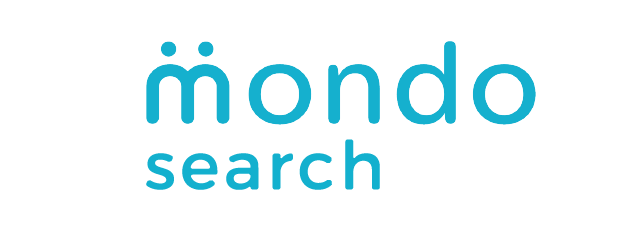Networking builds strong multi level marketing organisations, but there is another style of networking that is very focused on finding just one or two people, not an ever growing group.
Whereas traditional networking builds an ever increasing number of contacts, network search then continues the process; to bring those contacts back to just one or two preferred individuals.
In the ‘Search for Talent’, networking should be the natural methodology MLM companies use to secure top individuals for key their corporate and field sales positions.
No matter how talented an ad writer you are, how good an interviewer you are, and how clever you may be at picking a good media position for your internet or press job ad, networking with the best people remains the most effective way to find top people.
Effective talent searching need not mean “robbing from Peter to pay Paul” as this can lead to recycling of old ideas rather than the creation of new business strategies. Thinking laterally can enable top talent from other related industry sectors to be identified, attracted to the Direct Selling industry and be to the immediate benefit of the hiring organisation. Sources can include Training companies, Franchise businesses, Health and Personal Care organisations, Suppliers, Clients, Industry Associations and so on.
So how do we begin the Search process?
As with any search you must know what you are looking for. This means we must define the important competencies, experience and prior achievements we expect our preferred candidate to bring with them. Do not take a too narrow definition otherwise there may be very few people who meet the brief, and you probably know them already. Remember, many skills can be acquired in just a few weeks, whereas other attributes are the result of many years of hard earned experience and personal development.
A few good names are all you need to get started.
They may be names suggested by current or former employees, your suppliers, customers, industry associations, or any other contacts who have held similar roles in related industries. These names are unlikely to be the people who are the right people for the job, but they may know who is and will know others who can keep the trail alive.
You need to create instant interest when you first connect on the phone.
Flattery is a great opening gambit. Introducing yourself as conducting an executive search assignment and telling them they have been recommended as being a person we should talk to, invariably gains their interest and support. They know that it is through such approaches that the best job opportunities usually emerge, and this might be the time.
Ask them if they can help you by suggesting who you should contact who meets the profile for an assignment and request their permission to summarise the nature of the brief. Once you are in conversation, good things happen.
Have a great 30 second message describing the opportunity.
Focus on the key attributes being sought and why the position will be attractive to the right person. Keep it brief and interesting. Avoid too much detail unless more information is requested.
Emphasise Confidentiality
Most individuals approached in this way will co-operate and, if they can, they will suggest more names for you to approach provided their identity remains confidential.
The Search for Talent gets results
It is a time-consuming process, but a very rewarding one. It generates tremendous market intelligence and identifies talent who would not normally respond to a job advertisement.

